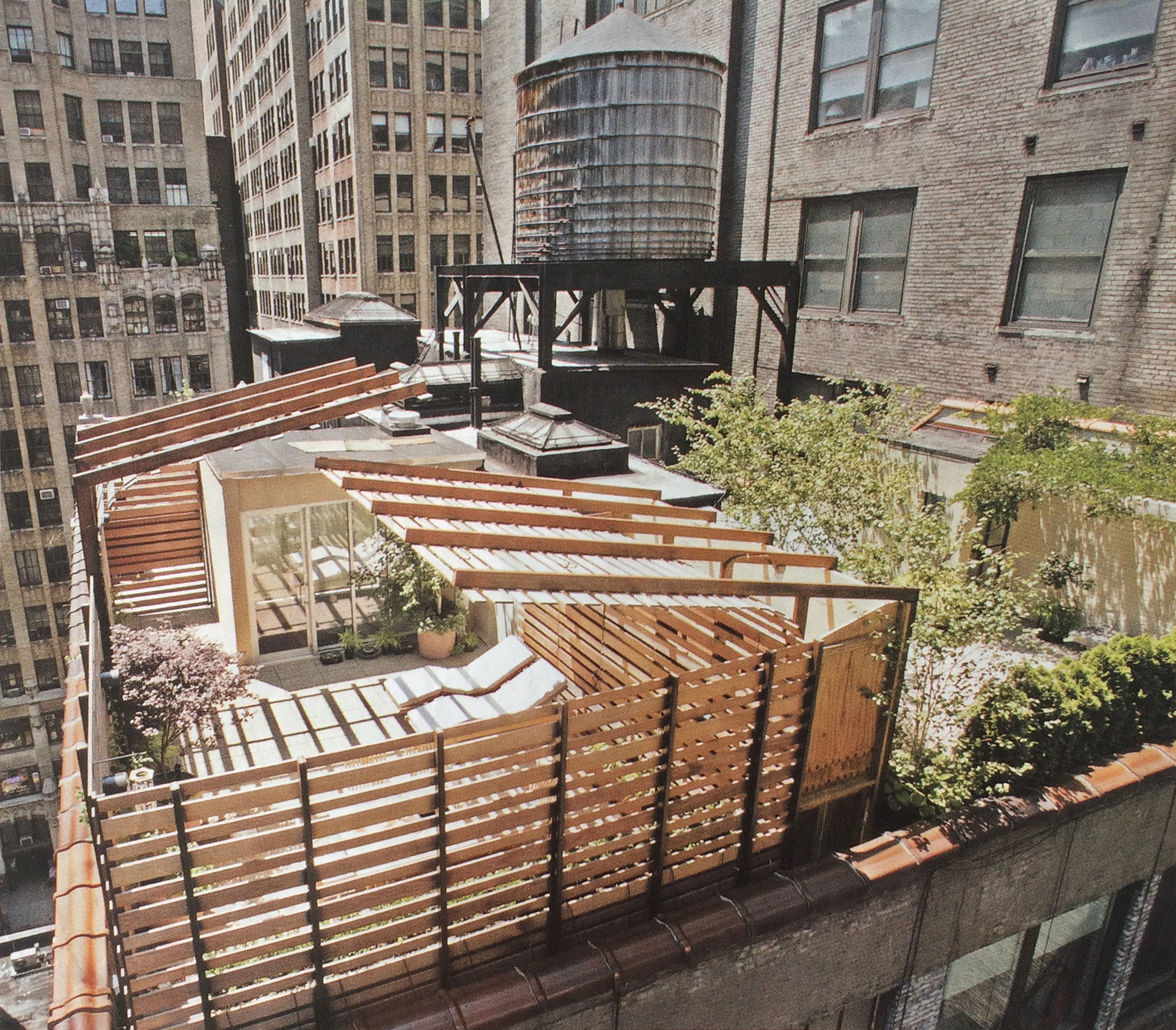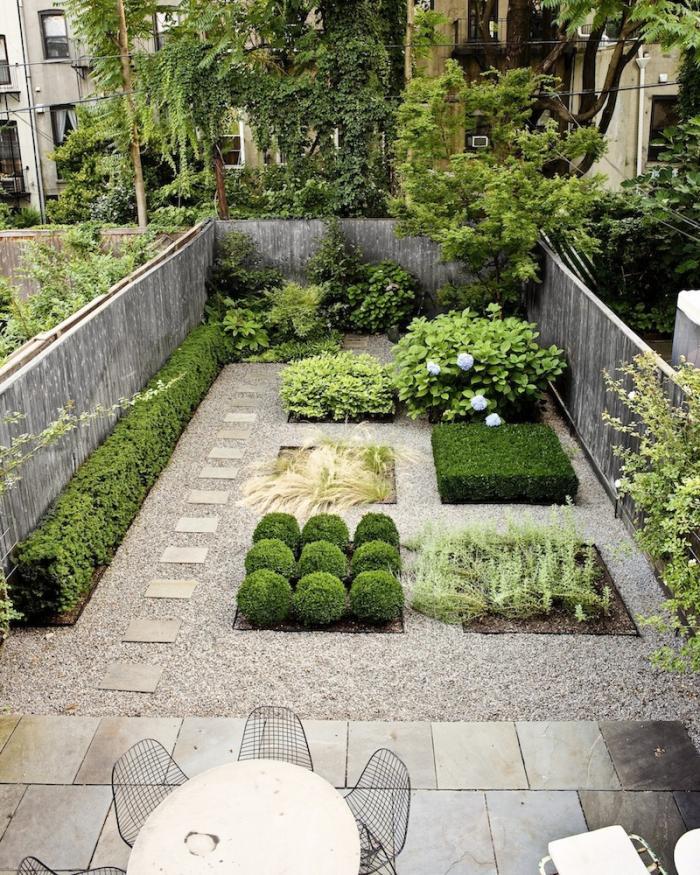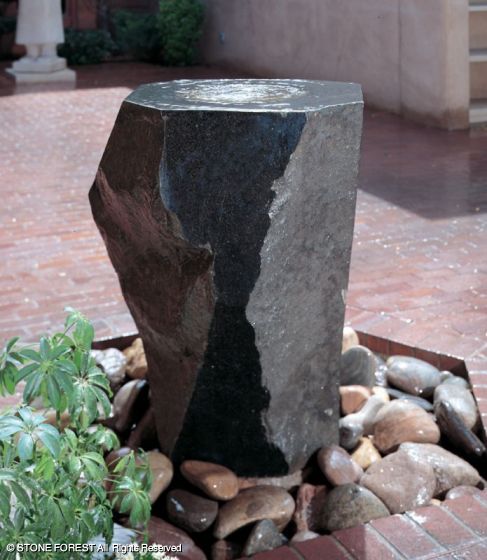

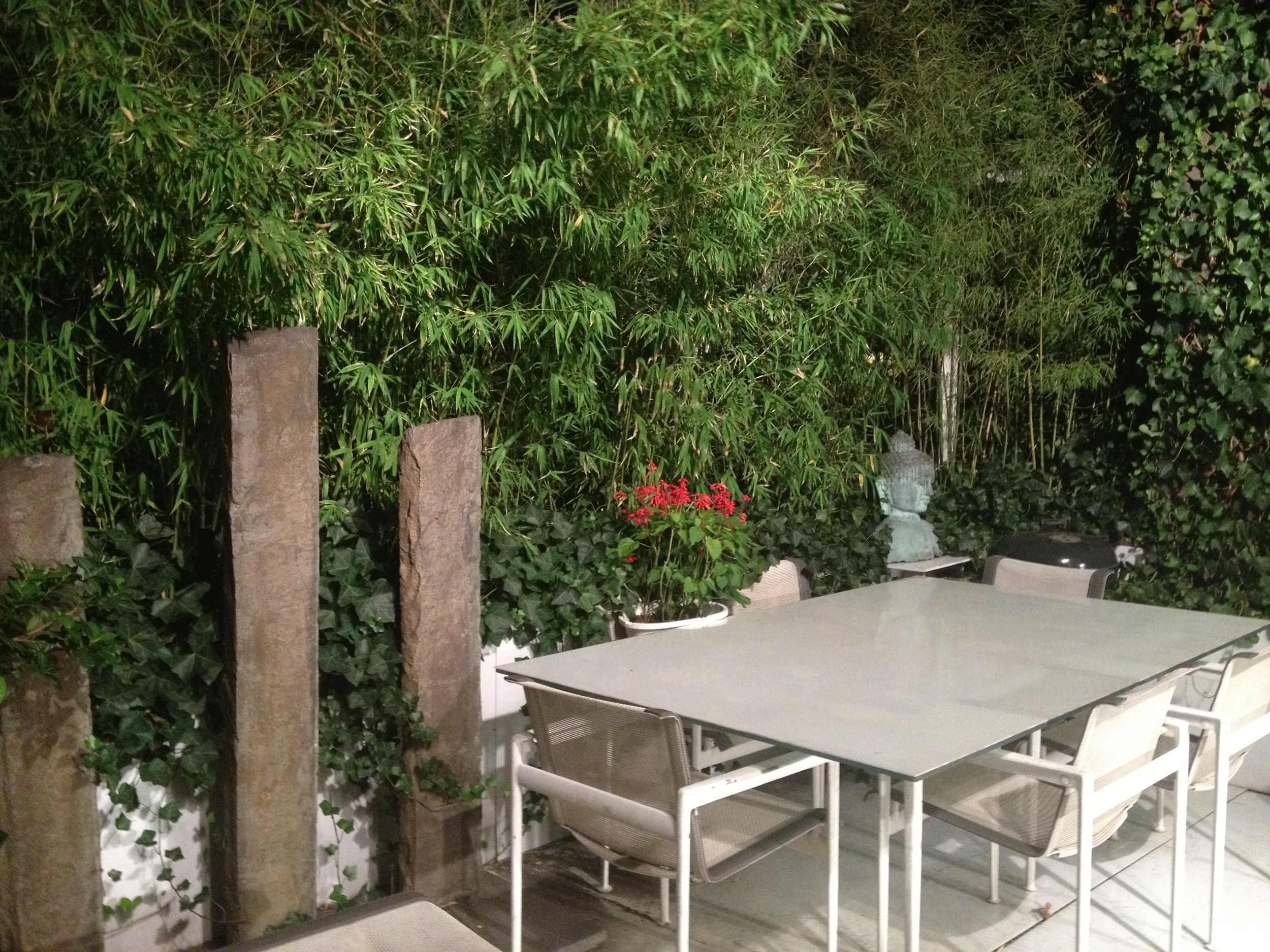
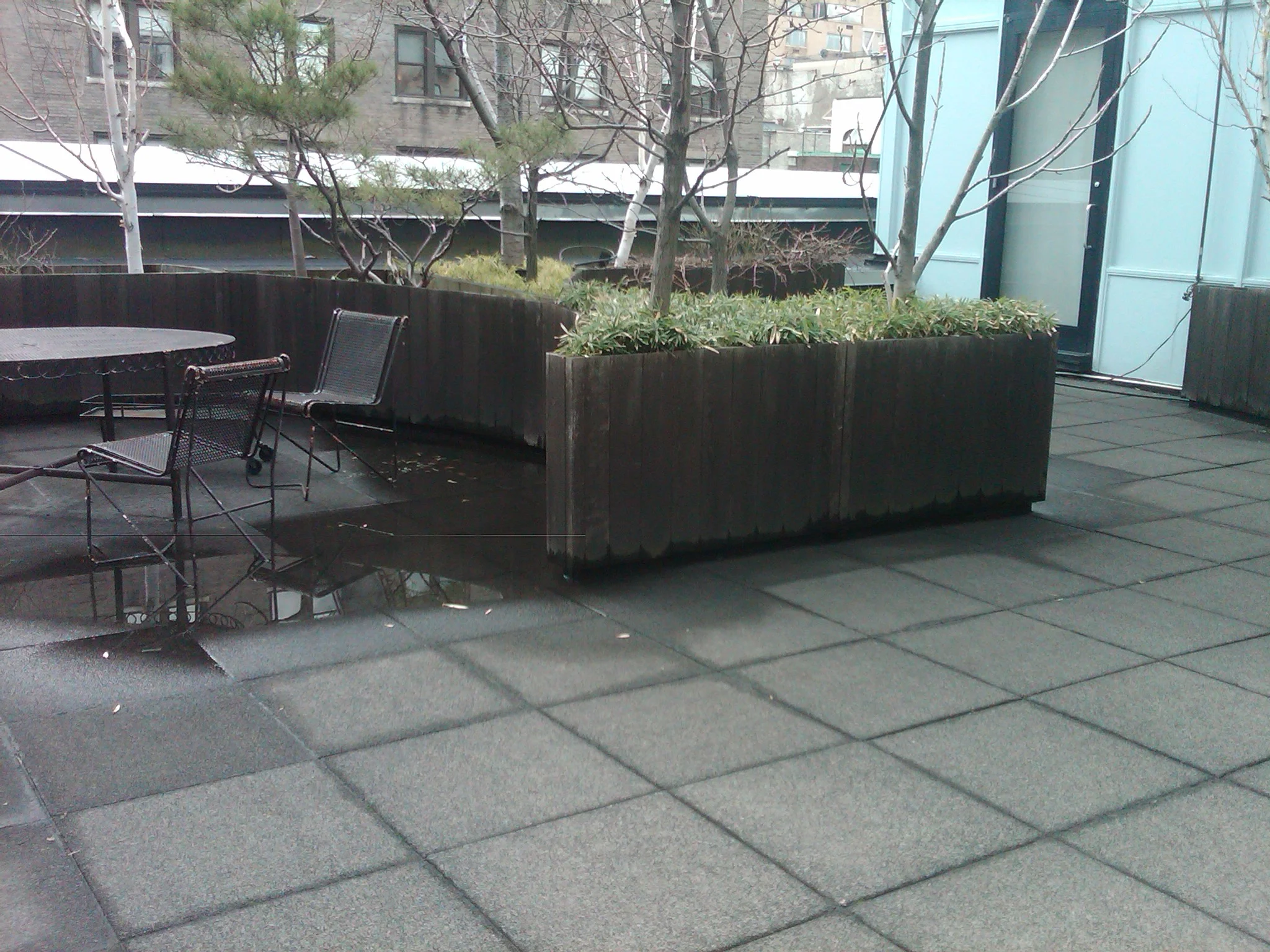



Reflection of shadow in the snow
I only went out for a walk and finally concluded to stay out til sundown, for going out, I found, was really going in.
JOHN MUIR
Reflection of shadow in the snow
I only went out for a walk and finally concluded to stay out til sundown, for going out, I found, was really going in.
JOHN MUIR
nature nurtures
Growing up in the Bronx my first foray into nature was digging a tunnel from a patch of dirt on the side of our apartment building. One of our "crew" informed us if we dug long enough we would reach China. I was in! Since that time I've learned there are easier ways to get to the other side of the world.
Spending summers in a bungalow colony ("the country") we were warned never to venture beyond the car lot to cross that ‘forbidden’ boundary into the woods - a place where poison ivy and who knows what else lurked - waiting to get us.
This all changed when I was 16, I met someone who had grown up in Vermont on 14 acres. He was one of 11 children from an Irish Catholic family. What struck me about him was when we were walking and he looked over and casually said, “Rocks have consciousness.“ That’s when I knew he could teach me what I needed to know.
His father had been a world record holder in relay running as well as a history teacher. They kept an organic farm (1972) along with sheep, goats and horses. This was a world away from the City where I lived with two neurotic parents who in hindsight would’ve been jailed for how they treated their children.
I was in heaven being a part of this Vermont family who accepted me as one of their own. Riding the littlest horse bareback - since they couldn’t afford the expense of saddles, gardening - planting and harvesting, milking the goat, cooking, tending to the fireplaces + wood-burning stove - their only source of heating + cooking - was a world away from how I grew up. The camaraderie and the sense of being part of this bigger family and their lifestyle was welcoming. I remained connected to them for 5 years before my boyfriend and I when contemplating marriage instead decided to go our separate ways.
Four years hence, bicycling through grape fields on the outskirts of Tokyo I had one of those aha moments, knowing that as I was growing up I was emerging into another, approaching that ‘forbidden’ place that exists well beyond the construct of a self imposed concrete jungle.
For the past 2 years I've been volunteering at the New York Botanical Garden - digging (yes I'm at it again), planting, weeding, harvesting, studying botany and the history of landscape design.
"The other" has become an integral part of my life.
It has become my life.

Luis Barragan's Fountain Home Bel Air, CA
Luis Barragan's Fountain Home Bel Air, CA
Photography/Michael Andrew McNamara
Luis Barragan's Fountain Home Bel Air, CA
Luis Barragan's Fountain Home Bel Air, CA
Photography/Michael Andrew McNamara
In the 80’s when my sister was getting married for the first time, I went with my mother to a fitting of her dress by the clothing designer Shamask. His business partner was Murray Moss who would years later open an eponymous home furnishing and accessory store in Soho that would forever change how we thought about design. As I sat waiting for what seemed like hours, a "coffee table book" caught my eye. On the cover was a building by the Mexican architect Luis Barragan. I was mesmerized. I looked in amazement at how beautiful each of his interiors and exteriors were - their bold geometric shapes and vibrant colors. I read in awe how hewould camp out on his sites for days to get to know the land he would build on: the pattern of the light throughout the day and the feeling of place. He was looking to the environment to inform his structure.
Paraphrasing LUIS BARRAGAN, his friend O'Gorman said,
"Before the machine age, even in the middle of the cities, nature was everybody's trusted companion, partner of the baker, the butcher, the blacksmith, the carpenter. Nowadays the situation is reversed. Man does not meet with nature, even when Luis Barragan leaves the city to commune with her. Enclosed in his shiny automobile his spirit stamped with the mark of the world whence the automobile emerged, Luis Barragan is, within nature, a foreign body. A water tank is sufficient to stifle the voice of beauty. Nature becomes a scrap of nature, and man a scrap of man. The intended dialogue between man and nature becomes an hysterical, monotonous, human monologue."
Don’t we owe it to ourselves to tear ourselves away from our continuous inner monologue and rest in our basic nature – within the restorative folds of our environment - if for only for a few moments a day?
Christmas Cactus blooming - my terrace sanctuary
When I walk in nature, I only have to look around and see there is harmony and beauty everywhere. Because of nature’s fluidity it’s easy on the eyes and restful for the soul. Maybe nature's lack of harsh angularity elevates our spirit because it allows us to deviate from the boxy, ever so controlled environment of straight lines found in our buildings, our cars, streets, highways…everywhere.
Since we are constantly bombarded with this angularity in our dwellings and all man-made surroundings, when we are “nesting” in our home, we feel comfortable. What better way to do this than to bring natural elements in? And we don’t need an atrium to do it. On my modest terrace of barely 90sf I have created a refuge. I surround myself with a lush potted plant garden.

Gagossian Gallery rooftop garden Madison Ave
another kind of green
Gagossian Gallery rooftop garden Madison Ave
another kind of green
There are so many ways to live close to nature with house plants or a water feature on our terrace, in a backyard, a courtyard, or pool area.
Paul Randolph, who was on the cutting edge of modern architecture and materials in the later part of the 20th century as well as Dean of the Yale School of Architecture never forgot his roots - literally. He used an abundance of plants and ethnic collectables in his modern interiors. He created an oasis of green in his postage stamp size outdoor patio in the middle of the hustle and bustle of Midtown Manhattan.
Paul Rudolph made his home and garden Inside “Out” and Outside “In”. Because plants take in carbon dioxide, water and sunlight to make food for themselves, in return they give us the gift of a much needed byproduct - oxygen. This makes them ideal companions for an urbanite’s sense of well being. At the same time they can furnish green lushness in our interiors!

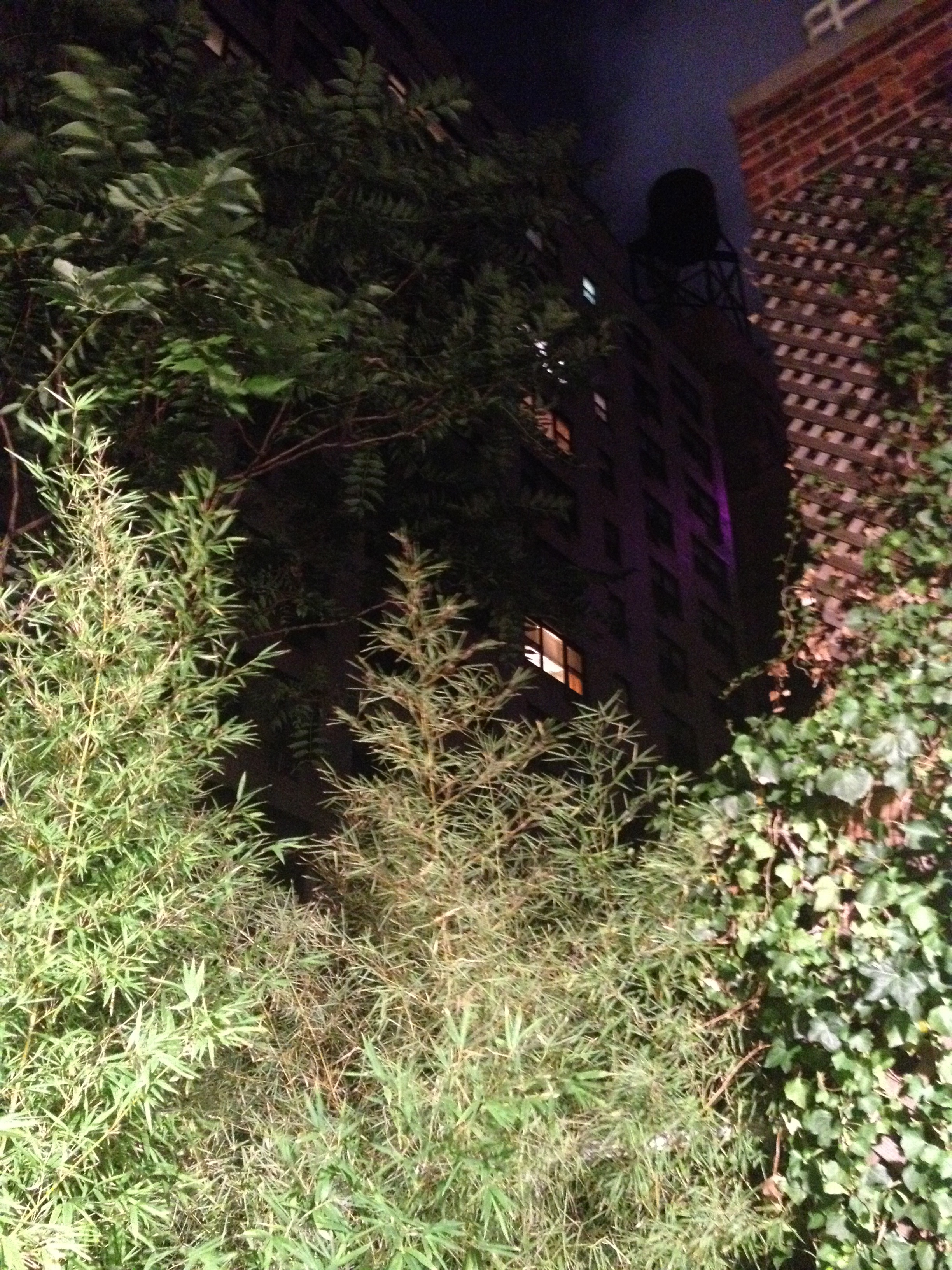
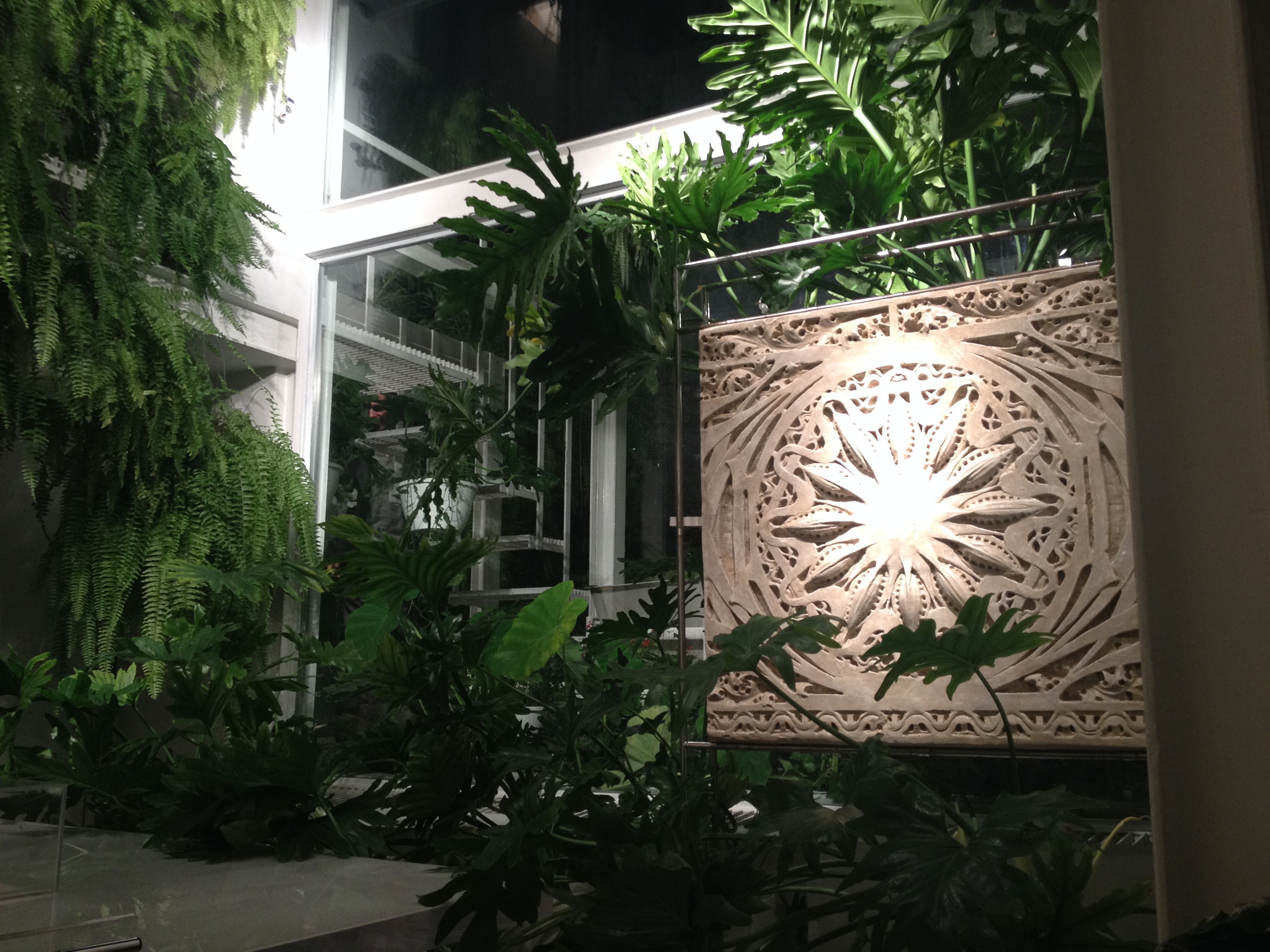
ROOF TOP OASIS nestled among skyscrapers in Chelsea, NY
Architect/Lynn Gaffney Met Home March ‘08

Gagossian/townhouse gardens
Waiting for the arrival of Spring, this GAGOSSIAN GALLERY rooftop garden on Madison Ave has the bones of a well designed outdoor space. Evergreens make winter gardens more inviting.
Gagossian/townhouse gardens
Waiting for the arrival of Spring, this GAGOSSIAN GALLERY rooftop garden on Madison Ave has the bones of a well designed outdoor space. Evergreens make winter gardens more inviting.
TOWNHOUSE GARDENS
After having pulled this garden shot from a magazine a gazillion years ago, I recently heard Landscape designer Susan Welti of Foras Studio speak about her career during a NYBG Landscape Design workshop. In her presentation she peppered her talk on garden design with cool visual imagery such as:
Build artifice with a pure heart,
Calm that comes from generous proportions,
Friendly separation between a field and activity,
In-between spaces,
Pared back or embroidered upon,
Grid-made visible.
I always knew Dennis Decker was a great designer but when he extended his design know-how to his backyard space in Harlem, NY it became evident he could do anything. It comes as no surprise when we found out he earned a degree in horticulture.
A City Oasis
House and Garden May1987
a garden plan

a roof garden plan for Josh Harnett
Garden Plans for a rooftop to which we were giving input
Although we went through several iterations, this is one of our final renderings. As I walked around the city I kept my eyes on the lookout for features I could integrate into this outdoor space to give it both purpose and aesthetic appeal.
a roof garden plan for Josh Harnett
Garden Plans for a rooftop to which we were giving input
Although we went through several iterations, this is one of our final renderings. As I walked around the city I kept my eyes on the lookout for features I could integrate into this outdoor space to give it both purpose and aesthetic appeal.
The photos show from left to right - bamboo doing double duty, both adding a lushness and hiding an industrial style HVAC system. A nice attribute of bamboo is that it grows quickly and profusely.
Any water feature, however small, adds an auditory and ethereal quality to the landscape.
2 photos showing different types of trellises for vines to meander and climb on. Over time it makes a small area feel large and lush.
The Peep Hole
THE PEEP HOLE
The Peep Hole
THE PEEP HOLE
Whether circulating our eyes around varied heights Scale - Eye Circulation or using the PEEP HOLE technique, there are unexpected surprises when we going from a small aperture to a larger one. Frank Lloyd Wright employed this view in his interiors. For instance, by making his entryways low ceilinged with narrow walls - think claustrophobic - and then bringing us out the other end of this long, narrow corridor to emerge into an unexpected surprise. The room opens up to a double height ceiling and a spacious, light filled living room Scale - FLW.

Prospect Park overpass
Outdoor parks and gardens vary our relationship with the landscape. The contrast is dramatic as we move through a cavernous dark tunnel out into the light.
Prospect Park, Brooklyn
Matthew Willis/photographer
Prospect Park overpass
Outdoor parks and gardens vary our relationship with the landscape. The contrast is dramatic as we move through a cavernous dark tunnel out into the light.
Prospect Park, Brooklyn
Matthew Willis/photographer
House and Garden Magazine Feb 1985 Photo/Alan Ward Abby Aldrich Rockefeller Garden, Seal Harbor, Maine
Mrs. Rockefeller’s Garden was built by an early pioneer of American landscape architecture, Beatrix Farrand, the niece of the famous author Edith Wharton. Here’s a look through Mrs. Rockefeller’s garden wall.
Since not all of us have a park or a garden to play in, why not use what we have? Maybe a window to frame our view? What a huge difference narrowing the scope of a view can make!
Photo/Matthew Wills
In her book Landscape Design, Elizabeth Rogers refers to the last of the great Arabic Gardens, the Court of the Lions in Alhambra, Granada. She says “because one rarely enters directly from the outside into a Spanish-Moorish patio, but rather through a vestibule or twisting corridor, the sight of a beautiful interior garden is unexpected and therefore the impression it makes is powerful, relying as it does on one of the chief tricks of garden design: surprise.”
FRAMING THE VIEW
Here’s how FRANK LLOYD WRIGHT framed the landscape that surrounds a home he built in Rye, NY.




